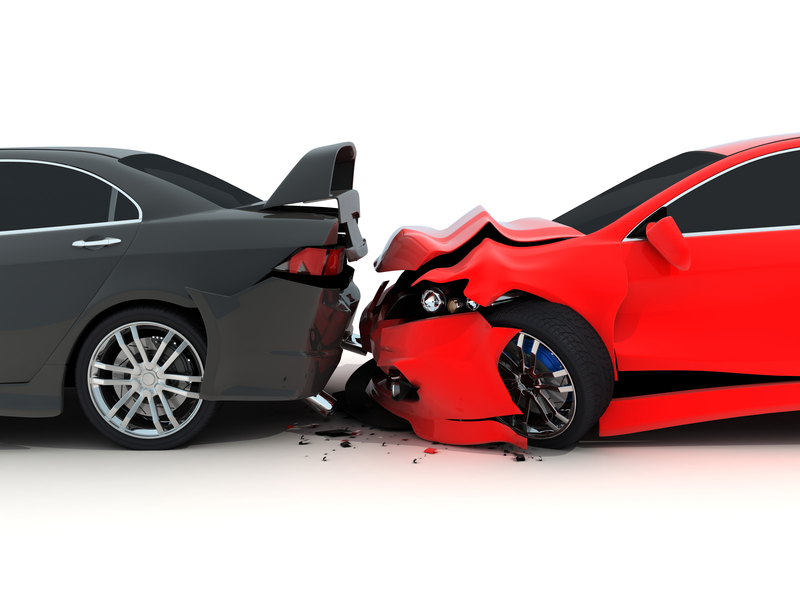In the most common scenarios, the striking vehicle to the rear is at fault in this type of collision. But like most legal questions, the correct answer is, “it depends.” Situations arise in which the rear vehicle is not the one to blame for an accident, so it helps to discuss your case with a New York City car accident lawyer to be sure about your rights and responsibilities.
When blame matters in an NYC rear-end collision
Since New York is a no-fault state, blame does not matter unless the injuries qualify as “serious” under the state law. That means if you are rear-ended by an at-fault driver and your injury is minor, your insurance policy will reimburse you for your medical bills and lost income up to the policy limits.

If you meet the threshold of a “serious” injury, you can file a lawsuit against the at-fault party and potentially recover more comprehensive damages— such as pain and suffering. Serious injuries from a list in the statute could include death, dismemberment, loss of a limb, and substantial impairment of a body part or system, and also other injuries that cause at least $50,000 in economic loss.
Your Manhattan attorney will help you determine whether your injuries qualify as serious. If so, they will help you prove the other party’s fault.
When is the rear vehicle not to blame?
It is legally presumed that the second automobile in a rear-end collision is the one to blame. The rear vehicle must stay far enough from the car in front of it to stop safely; many rear-enders occur when the car is following too closely. However, legal presumptions can be overcome with sufficient evidence.
When there is a legal presumption, it shifts the burden of proof. Normally a plaintiff has the burden of proving that the defendant was negligent. Since there is a legal presumption that the rear driver, usually the defendant, was at fault, the burden shifts to them to show that it was not their negligence that caused the accident.
Overcoming the presumption can be difficult, but it is not impossible. For example, if a mechanical failure prevented the driver from stopping, or the vehicle in front swerved in front of the rear driver and then suddenly slowed, the first driver may be found to be at fault.
What causes rear-end crashes?
Thousands of people are killed in the United States in rear-end crashes each year, and the majority of the accidents are preventable.
The National Transportation Safety Board has reported that among the top causes of rear-end collisions are:
- Following too closely
- Speeding
- Distraction and inattentiveness
- Mechanical issues
- Weather conditions
When a crash is avoidable, there is a good chance that someone was legally at fault. Your attorney will look at your accident from every angle to determine whether the cause indicates that the other driver is liable for your injuries.
What happens when the other driver is to blame
If the other driver is to blame in your rear-end crash and your injuries are serious enough to step outside the no-fault system, your options are to pursue a claim against the at-fault driver and to file a lawsuit. If you attempt to settle with the other driver’s insurance company, you may need to file a lawsuit if the negotiation does not go as planned.
If you prove liability, you will also need to prove your injuries and losses. This may mean providing medical records and even testimony from your doctor to explain the seriousness of your condition, and when you are expected to recover. Documenting your losses can involve producing medical bills, employment and payment records, and even expert projections of how much money the injury will cost you over your lifetime.
Throughout the insurance claim process, your attorney will build these areas of the case as if it may go to trial, so you are never caught off-guard.
Contact us for a free consultation
When you are involved in a rear-end collision, an experienced attorney can determine who is at fault, gather evidence, and position your case for the strongest settlement or verdict. Call Friedman, Levy, Goldfarb & Green to discuss your case for free with a New York City personal injury attorney. Our attorneys are experienced in litigating the types of accidents that are common in New York City and on Long Island, and we are here for you.






